More about Thimbles





Magdalena and William Isbister.
Grave 1313 Merta Grasers
Merta Grasser is an unknown Nürnberg coppersmith and thimble maker. The original plaque is missing (Fig 76).
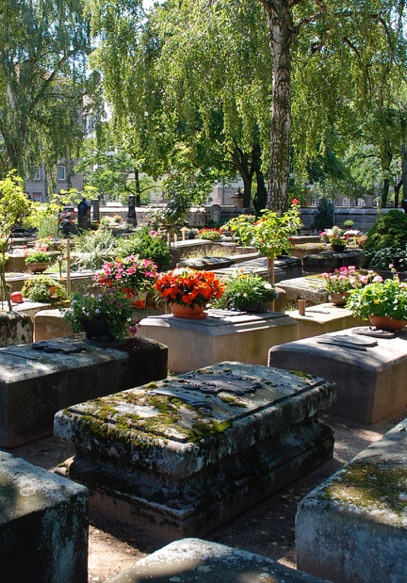
Fig 76
The members of two other families share this grave. Stephan Neidhard, a 17th century compass maker, and his family (Fig 77), and Familie Müller (Fig 78). The Neidhard family were, we think, related to the Grasers family because Merta Grasers’ widow is mentioned on the plaque (Fig 76) which seems to have been placed on the grave before the death of either Steffan and Barbara Neidhard or Barbara Grassers. The plaque is rectangular and has a decorated border. Below are the shields ((Hauszeichen or Meisterzeichen) of the Compass maker and the Coppersmith which depict a pair of compasses and a fleur de lis on the Neidhard shield and a candlestick and some ‘thimble-shaped’ objects on the Grasers shield. The inscription reads:
'Steffan Neidhard Zirkelschmid starb Ao.
16[ ] den [ ] vnd Ao. 16[ ] den [ ] starb Barbara sein Ehwirtin
Ao. 16[ ] den [ ] starb Barbara Merta Grasers Rotschmits see. Witib Denen al
len gott gnat vnd aller baider Erben Begrebnus'
The date is divided between the two shields below
'16' '09'
(Steffan Neidhard, compass maker died in the year 16[ ] the [ ] and in the year 16[ ] the [ ] Barbara his wife died. In the year 16[ ] the [ ] Barbara, widow of Merta Grasers, coppersmith, died. May God give them all and all of their buried inheritors grace. 1609)
The spaces were for dates to be inserted.
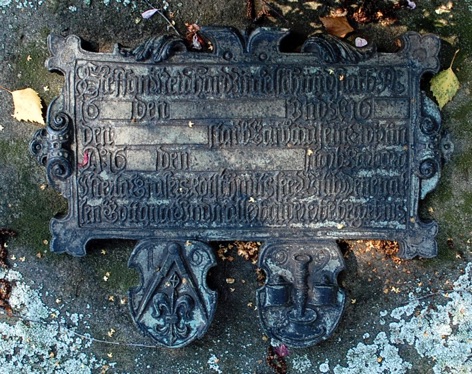
Fig 77

Fig 78
Grave 1319 Leonhard Brüderla
Leonhard Brüderla, in addition to being a thimble maker, was an iron founder (Fig 79).

Fig 79
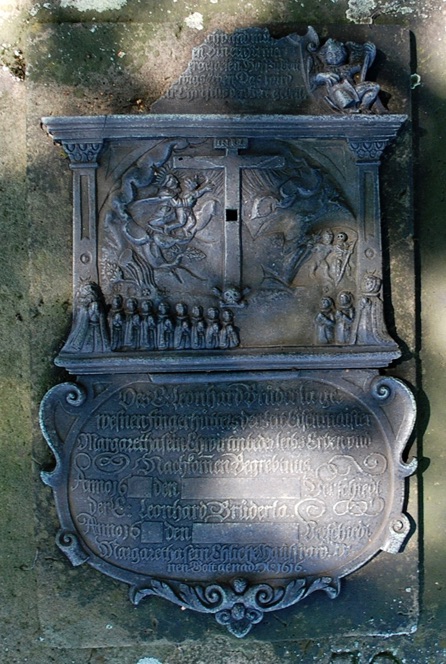
Fig 80
The plaque is damaged (Fig 80) and a religious verse is partly missing. It is supported on the right side by a Genius with a staff in her left hand and an open packet containing a thimble in her right hand. The left side is missing.
According to Gugel (18) the verse is something like this:
‘Hie lig ich
vnd muß verwesen
bin ein armer Sünder gewesen
doch hoff vnd glaub ich ein ewigs Leben
welches mir mein Herz Christus wird geben’
(Here I lie and have to rot, I was a poor sinner but hope and believe in everlasting life which the heart of Christ will give me)
Below are two columns supporting a plinth within which is a depiction of the family praying to Christ on the cross (Christ is missing). On either side of the cross are religious scenes. On the left a person is carried to heaven, the resurrection, and on the right is a depiction of the grim reaper taking a soul, death.
The commissioner of the epitaph and other male members of the family are on the left of the cross and the female members are on the right. Above Christ on the cross is a small plaque with:
‘INRI’
At the base of the cross is a skull with crossed bones.
Deceased members of the family are marked with a small crucifix above their heads (one son and one daughter).
Below is a decorated oval plaque containing the inscription:
‘Des E: Leonhard Brüderla ge
wesnen fingerhütters der zeit Eisenmaister
Margaretha sein Ehwirtin beder leibs Erben vnd
Nachkomen Begrebnus.
Anno 16[ ] den [ ] Verschiedt
Der E: Leonhard Brüderla.
Anno 16[ ] den [ ] Verschiedt
Margaretta sein Ehliche Hausfraw. De
nen Gott genad. Ao 1616.’
(The Honourable Leonhard Brüderla, formally a thimblemaker now an Iron master, Margaretta his wife, their natural children and descendants burial place. In the year 16 [ ] the [ ] the Honourable Leonhard Brüderla died. In the year 16 [ ] the [ ] Margaretta his wedded housewife died. May God give them grace. In the year 1616)
The spaces were for dates to be inserted.
More recently the Witz – Norden family have shared the grave (Fig 81).

Fig 81
Wöhrd Cemetery
Wöhrd Cemetery is situated to the South East of the old town of Nürnberg, it is North of the Pegnitz, and had a small Chapel and a house for the gravediggers. Fig 82). Today there are only a few of the old graves left in the South West corner of the graveyard (Fig 83) close to the site of the old Chapel. In 1943 during a British air raid the Chapel was destroyed by the bombs and unfortunately all of the old records of the burials were lost in the raid too. Subsequent raids the following year caused massive damage to the old town. The graves were renumbered and now bear no relationship to the original numbering. The sandstone slabs have worn with time and some were also damaged by the bombs. Only a few of stones have their original numbers (Fig 84) now so that it is impossible to find a particular old grave.
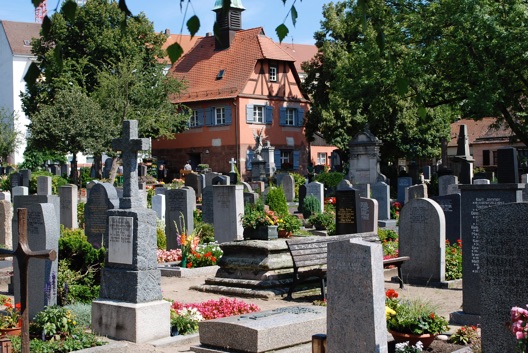
Fig 82 Modern graves and the gravediggers’ house
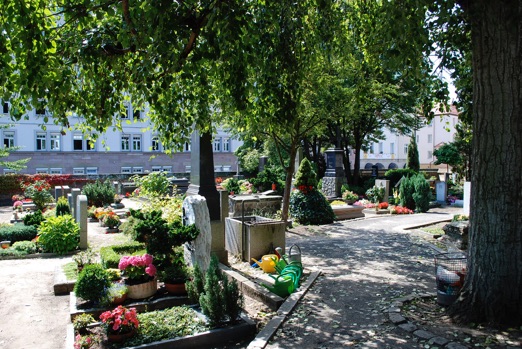
Fig 83 The South West corner of the graveyard – site of the original Chapel
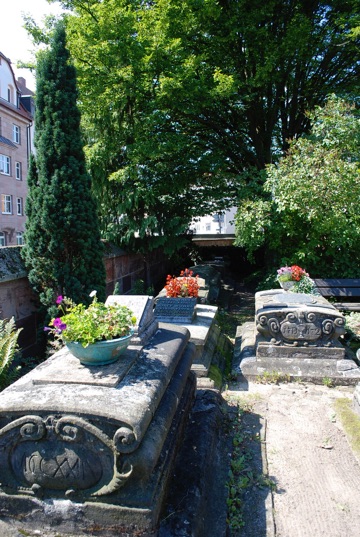
Fig 84 The oldest gravestones in the South West corner of the graveyard
Grave 89 Hanns Schmid
Old grave number 98 can not be identified with certainty any more but two possible calculations of the site based on the numbers on the few remaining old numbered graves identified this grave (Fig 85). It looks like the oldest grave left in the cemetery, is missing the epitaph and seems to be in the expected position so that we feel that this is the grave of Hanns Schmid and his family.
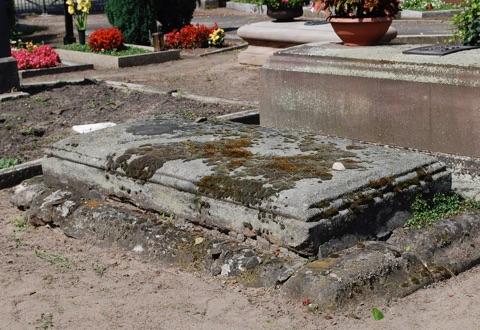
Fig 85
According to Zahn (19) Hanns Schmid and his wife were the only known thimble makers to be buried in Wöhrd in the 16th century. The original inscription on the epitaph was documented by Gugel in 1682 (20). Nothing is known about Hanns or his wife as thimblemakers.
‘Hanns Schmid
Fingerhutmacher
und Barbara
seiner Ehewürthin
und ihrer beider Erben Begräbnus. Anno 1597.’
(Hanns Schmid, thimblemaker and his wife and their two inheritors burial place. Year 1597)
Epitaph
Investigating the graves of some of the Medieval thimble makers of Nürnberg has given us a slight insight into the times in which they lived. Sadly many of the early records of the town were damaged by British air raids on the city so little is known about most of the thimble makers themselves. They clearly paid great attention to their epitaphs, many including images of their craft, and many were placed on the graves before the owners were buried as evidenced by the blank spaces for dates which were never entered in some cases. Today their resting places are protected and are situated in some of the most beautiful graveyards in the World. They are most certainly worth a visit.
Acknowledgements:
We would especially like to thank Dr. Christine Sauer, Leitung Handschriften und Alte Drucke, Orts- und Landeskunde, Stadtbibliothek Nürnberg and her staff for all of the help that they gave us in finding references and understanding some of the old texts. Figures 27, 28 and 69 are from the Stadtbibliothek Nürnberg from whom further information regarding the pictures may be obtained.
We would like to thank Mr Dieter Proebster who helped with information regarding the thimble makers and their grave locations.
We must also thank Mr Wolf-Dieter Scholz for all his help and encouragement during the preparation of this paper.
References
18. Gugel, Christoph Friedrich: Norischer Christen Freydhöfe Gedächtnis....Nürnberg, 1682. pp.76..
19. Zahn P. Die Inschriften der Friedhöfe zu Nürnberg; Nachträge, Teil 2. (1581 bis 1608). Dr Ludwig Reichert Verlag, Wiesbaden, 2008:350.
20. , Christoph Friedrich: Norischer Christen Freydhöfe Gedächtnis....Nürnberg, 1682. pp.164.
Holmes: na.
Note
During our research we have found, on several occasions, that the documentation of the text on the epitaphs recorded in Gugel (1) does not accurately reflect the actual text of the epitaph on the grave itself.
Researched and published in 2002/11
Copyright@2011. All Rights Reserved
Magdalena and William Isbister, Moosbach, Germany
nÜrnberg thimble maker’s graves - st rochus ii
Navigation
